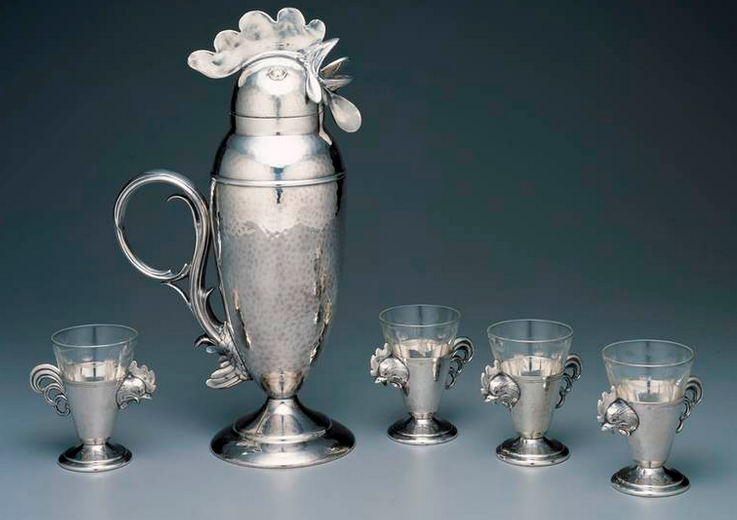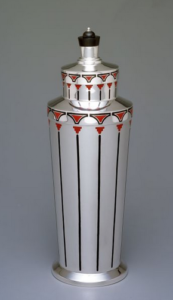
So….. that cocktail you’re holding in your hand? Your great-great-grandfather might have drunk the very same thing.
That historical connection is one of the great charms of the modern craft-cocktail renaissance, and now, thanks to the Dallas Museum of Art, you might even get to see the very shaker the old guy’s drink got made in. (OK, the chances are wee, but you get the point.)

Later this month, the DMA will open “Shaken, Stirred, Styled: The Art of the Cocktail,” a yearlong exhibit tracing the development of cocktails from the late 19th century to their modern-day renaissance, as well as the wares used to prepare and serve them.
The collection goes on display Nov. 18 and features nearly 60 items ranging from 19th century punch bowls and early 20th-century decanters to Prohibition-era shakers and modern designer barware.
The exhibit also spans craft-cocktail culture’s long and glorious history, starting with the punchbowl potions of colonial times and, long before fedoras were a thing, the 1862 publishing of storied bartender Jerry Thomas’ How To Mix Drinks: Or, The Bon Vivant’s Companion – the first printed compilation of cocktail recipes.
Opening night will bring an appearance by Dale DeGroff, another storied bartender whose attention to fresh ingredients and classic techniques at New York’s Rainbow Room throughout the 1990s are pretty much why you can find a properly made Sazerac even in select dive bars today. The godfather of the modern cocktail revival, DeGroff (a.k.a. “King Cocktail”) will addfress the current scene and its centuries-old roots.
As cocktails rose in popularity, so too did the tools needed to make them, and they got fancier and cleverer as time went on.

In an article about the exhibit, Samantha Robinson, the DMA’s interim assistant curator of decorative arts, told the Fort Worth Star-Telegram that silver was among the primary materials for luxury barware, especially in the prosperous 1920s, when speakeasies flourished in defiance of Prohibition.
Given drinking’s underground nature at the time, shakers took on seemingly whimsical shapes – like penguins, or lighthouses – to mask their actual utility.
(The coolest thing about the story, by the way, is learning that Robinson is a fan of the Aviation, though I prefer mine with crème de violette – as it should be.)
Starting around the 1960s, cocktails fell out of favor and plummeted to truly awful depths of neglect. The current reboot, rooted in the late 1990s, has inspired a new wave of cocktail artistry, including designer shakers and martini glasses, some of which will also be on display.
The exhibit runs through Nov. 12, 2017.